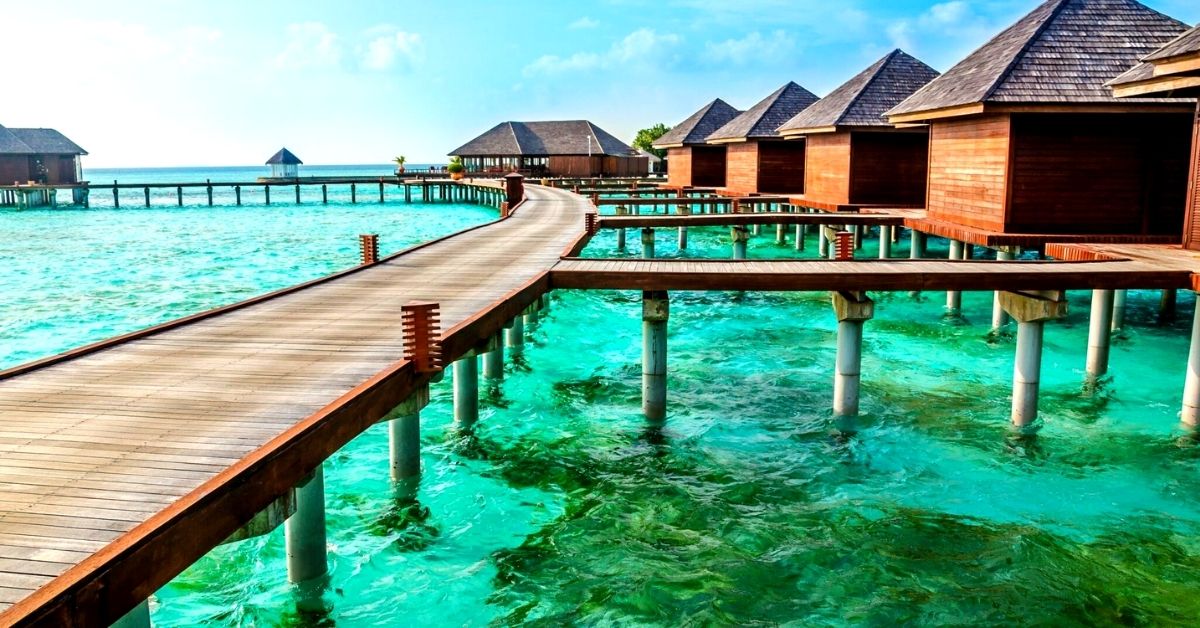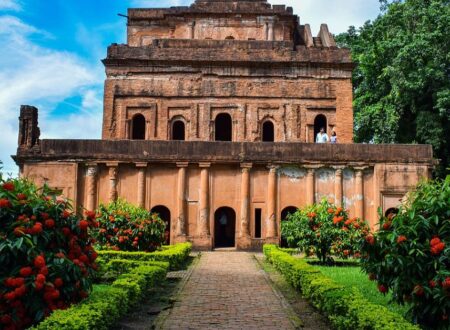Lakshadweep – One hundred thousand islands
The term Lakshadweep in Malayalam means ‘ one hundred thousand islands’ This beautiful paradise is situated in the Arabian Sea on the southwest coast of India. This island is the most beautiful and exotic island location in India to explore and experience the beach view. Also, it’s the smallest union territory of India with 36 islands with an area of about 32 sq. Kilometer.
Places to visit
Agatti Islands
Agatti Island is one of the jewels of the group of islands of Lakshadweep. It is based on one of the coral isles of this island.
Bangaram island
This is one of the smallest tiny islands of Lakshadweep. Moreover, the island has a population of only 10 with just one beach resort. Perfect place for people who want to disconnect from the city completely.
Kalpeni island
Kalpeni Island is one among three groups of islands, also known as Koefini. It consists of Cheri-yam, Pitti, and Tilakkam islands. It’s the most picturesque island of Lakshadweep.
Andretti island
It is the largest island of Lakshadweep and is located close to the Indian mainland.
Kavaratti island
This is one of the prime destinations for tourists. With the coral sand beach, soothing lagoons, the smell of the salty ocean, and the sound of the coconut trees.
Things to do

There are a variety of things to do at Lakshadweep islands and these are all must-do things at the island beach resorts.
- Scuba diving in Lakshadweep- It is famous for the variety of coral reefs, fishes, marine wealth, and exotic underwater creatures like coral sharks, turtles, etc. This is a must-do activity of Lakshadweep to experience marine life underwater.
- Water sports on beach islands- Next best thing to do is the variety of water sports activities such as scuba diving, yachting, pedal boating, kayaking, swimming, canoeing, snorkeling, etc.
- Also, visit the marine museum- Located on the Karavatti island, this marine museum has a variety of marine products to promote and it showcases many marine artifacts.
Cuisine of island
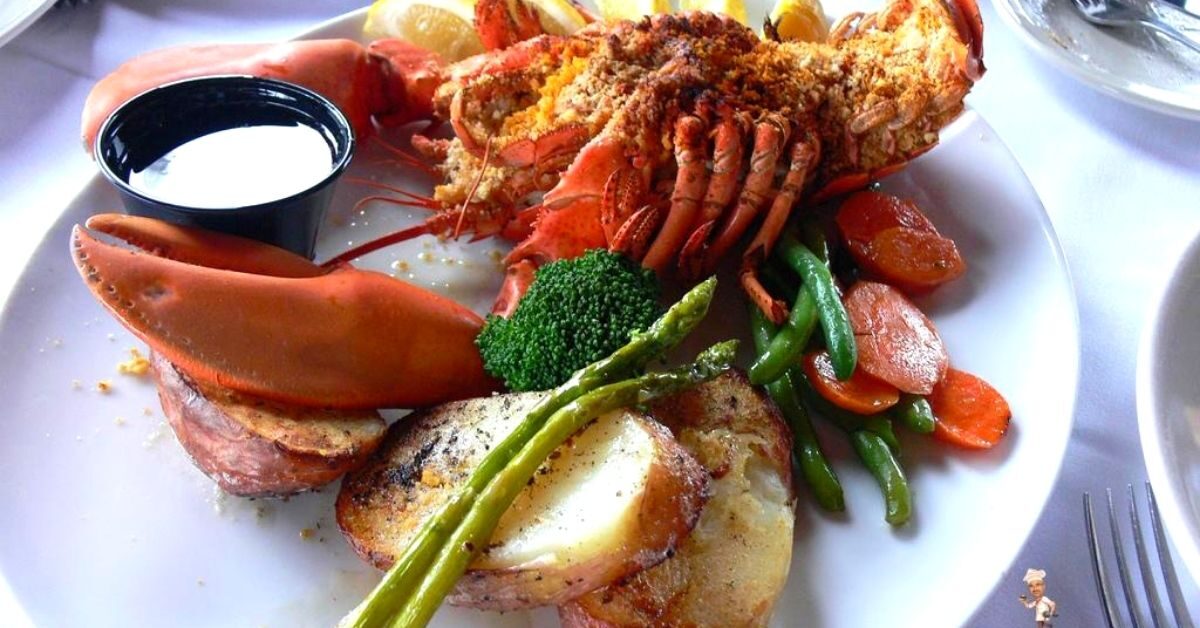
Lakshadweep islands are very particular about their coconut and seafood such as crabs, prawns, lobster, fish, and squid due to the large water bodies around. People living on islands eat a large amount of rice and octopus too is offered here. Moreover, food with Malabar spices and dishes prepared is roasted and steamed. Moreover, the cuisine at Lakshadweep has a resemblance with the Kerala style of cooking, wherein rice dishes like dosas and idlis are preferred more. Also, the coconut curry base, red tuna curry, and Malabar parathas are all loved delicacies of Lakshadweep. The fish fry, octopus fry, mus kabab, fish tikka, and fish pakora are best served on the islands.
Places to stay
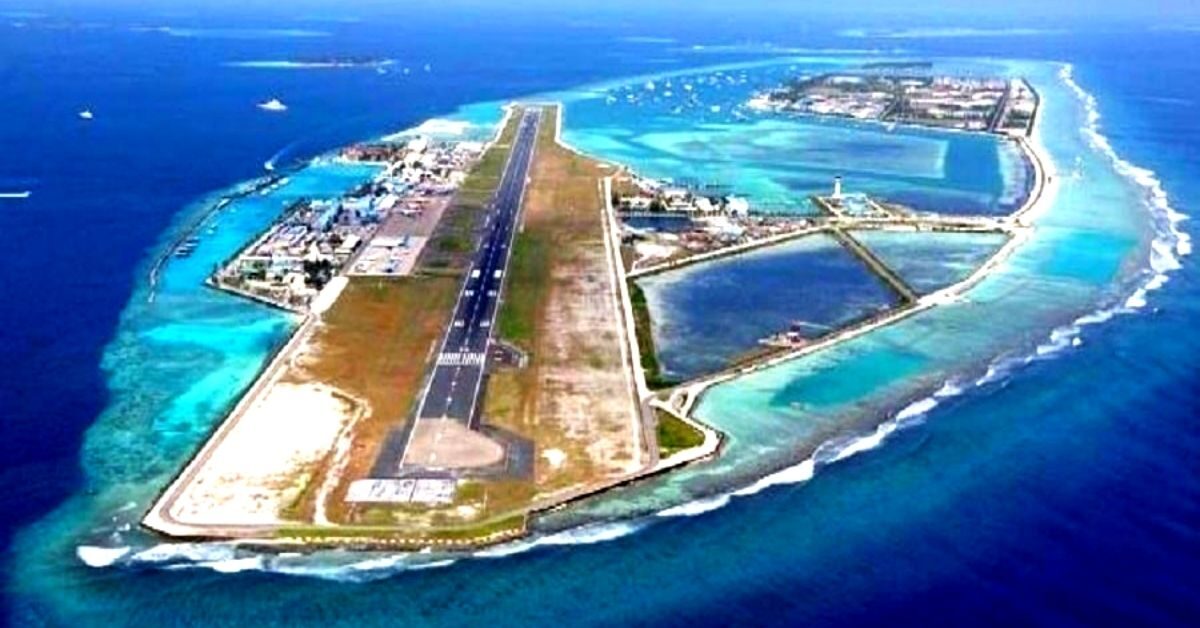
( Price per night)
📍White pearl beach resort – Agatti
Price – 5600 INR
Ratings- 5.0
📍Agatti island beach resort- Agatti
Price – 5500 INR
Ratings – 4.4
📍Seagate holiday home – Agatti
Price- 7572 INR
Ratings- 5.0
📍Kasims home stay- Agatti, Lakshadweep
Price- 4600 INR
Ratings- 3.7
📍Kadmath beach resort- Kamdar, Lakshadweep
Price – 4000 INR
Ratings- 4.4
Best time to visit
The best time to visit the Lakshadweep islands is from September to February. When the climate is cool and pleasant. The summertime from March to May is hotter by a few degrees and rainfall is heavy during the monsoon as a result many activities are shut.
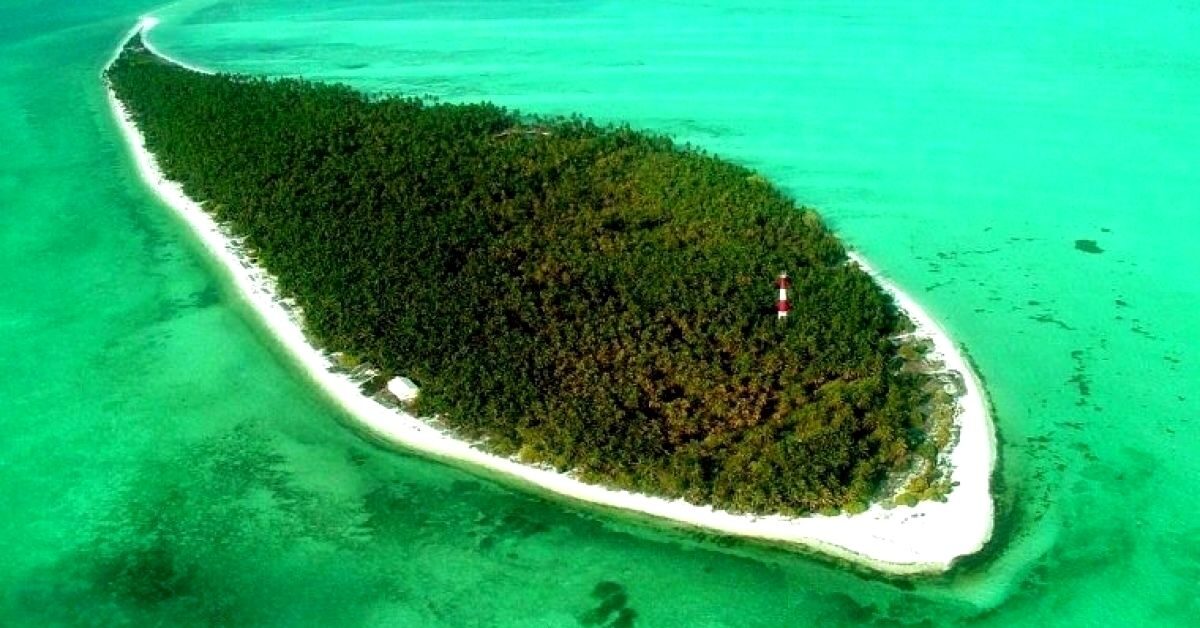
Hence, the islands are a land of corals, pristine beaches, sun-kissed beach resorts, coconut trees, and paradise on earth. This marvelous place has lots of beach and water activities to offer. The cuisine is Malabar style with coconut and rice staples. Also, the Arabian Sea, deep blue shaded waters, and the variety of marine life to view make Lakshadweep islands a must-visit tourist destination in India. It’s among the exotic Indian island destination one can’t miss! So do visit ‘one hundred thousand islands’- Lakshadweep islands.
Follow India Chalk on Instagram for more amazing travel content. You can share your travel story with us. Reach out to us on email at contact[at]ndiachalk[dot]com. This blog is curated by India Chalk and written by Manasi S.

